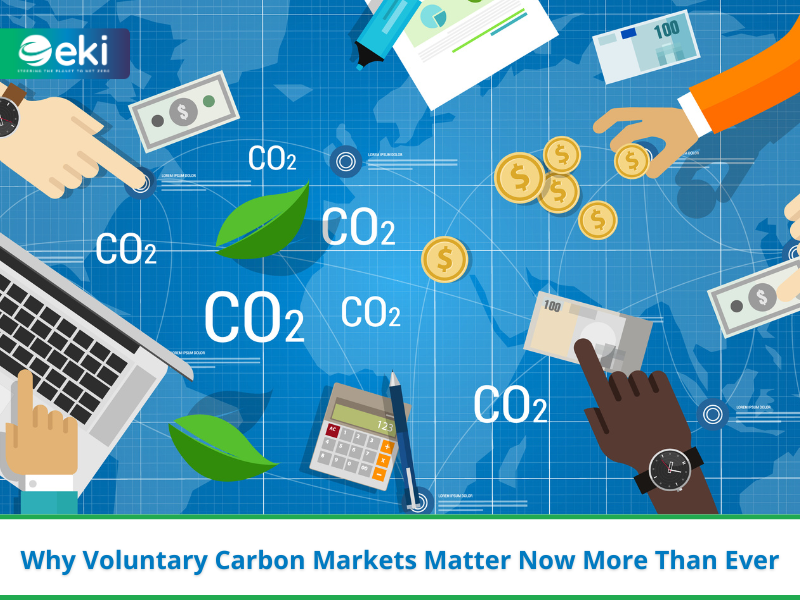In recent years, there has been a surge in commitments to address climate change, with both local and international companies as well as governments pledging to take action. However, these pledges alone fall short of the collective efforts required to combat this pressing global challenge.
Public and private sector leaders must not merely make promises but substantiate their commitment through tangible actions. While more companies are setting net zero targets with science-based reduction objectives, a significant proportion either push their targets far into the future or fail to specify a pathway. The time is now for companies to translate their commitments into credible actions and establish clear, time-bound objectives, a task that even experienced teams with advanced sustainability strategies find challenging.
For instance, if your organisation has achieved climate neutrality certification, how does this contribute to your net zero ambition? Is it worthwhile to consider a climate-positive target in addition to, or even instead of, a net zero objective?
The key lies in comprehending the definitions of these claims. These distinctions are not trivial – they hold significance for the environment, communities, and your company’s reputation.
Today, sustainability is no longer merely an option but a responsibility, with customers, stakeholders, and regulators all aligning their interests with climate action. Achieving climate neutrality involves an organisation’s need to account for its greenhouse gas emissions and establish a clear reduction strategy, ideally before offsetting unavoidable emissions.
Certifying your climate-neutral status is a pivotal step before making any public claims. For companies operating internationally, expert independent verification aligning with international standards is a robust alternative.
So, when your company chooses to become climate neutral by measuring and offsetting emissions for the year, and committing to ongoing science-based reductions, it’s a commendable achievement that shouldn’t go unnoticed.
The Path to Net Zero
Over the past century, we’ve consistently increased our emissions. Today, we face the urgent task of reversing this trend and steadily reducing emissions year by year until 2050 to attain net zero and avert the catastrophic consequences of climate change.
Yet, there exists a significant gap between ambition and action, with current global climate policies insufficient to drive down emissions.
Given the escalating urgency of addressing global emissions, the corporate net-zero standards by the Science-Based Targets initiative encourage businesses to invest in projects that go beyond their value chain, avoiding and removing emissions. While corporate decarbonization is crucial, a substantial portion of emissions occurs beyond the reach of corporate supply chains, making the private sector a vital player in bridging this emissions gap.
Net zero is a multifaceted concept, essentially signifying a world with minimized greenhouse gas emissions, with any remaining emissions removed from the atmosphere.
To achieve this, organizations must plan a trajectory to lower emissions across the entire value chain, with net zero targets based on scientific data. This involves having both long-term net zero targets and short-term targets to reduce emissions in the next 5-10 years. Additionally, they can achieve climate neutrality by financing projects beyond direct corporate value chains to avoid and remove emissions. By investing in intelligent climate solutions, companies can reach the interim milestone of climate neutrality while transitioning toward net zero.
The first step in any net zero journey is understanding an organization’s impact on the planet by calculating its carbon footprint, assessing annual greenhouse gases across its entire value chain. The next step involves developing a strategy to reduce this footprint through various means, such as energy efficiency, renewable energy adoption, supply chain improvements, and innovative product or service delivery models.
In addition to continuous decarbonization, organizations must capitalize on current climate solutions while proactively planning to adopt new innovations, like emerging carbon removal technologies, based on their projected commercial availability.
Carbon removals, which help neutralize emissions, are a rapidly evolving field. They encompass nature-based solutions such as reforestation, ecosystem restoration, and soil carbon sequestration, as well as technological solutions like Direct Air Carbon Capture and Storage (DACCS) and geological storage.
Carbon removals lead us to the next stage in the journey: climate positivity (or carbon negativity).
The Road to Climate Positivity
Climate positivity, sometimes referred to as “carbon negativity,” is the ultimate goal. Beyond net zero by 2050, the objective is to remove more greenhouse gases from the atmosphere than are emitted, ensuring a safe climate for future generations.
Although there are no official accounting frameworks supporting corporate climate positivity or carbon negativity claims at present, they both describe the state of removing more GHGs than emitted after reducing emissions across all scopes. Claims should be made with great care, and companies must first and foremost prioritize rapid decarbonization.
For example, Microsoft has committed to becoming carbon negative by 2030, aiming to remove all the carbon it has emitted directly or through electrical consumption since its founding in 1975 by 2050.
Charting the Course Forward
Translate your ambition into concrete action and join other businesses committed to reversing climate change. No matter where you stand on your journey, EKI can assist you in taking the next step today.
Contact us at business@enkingint.org










